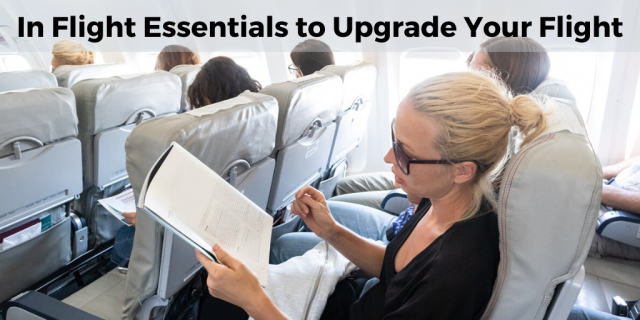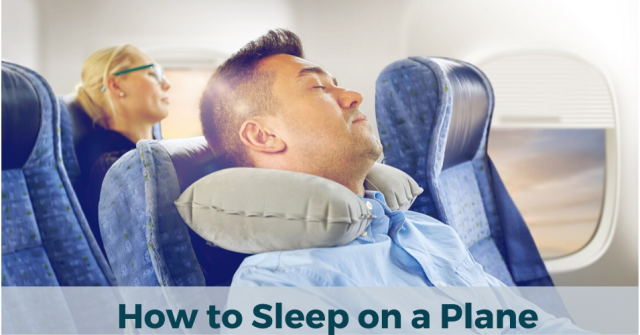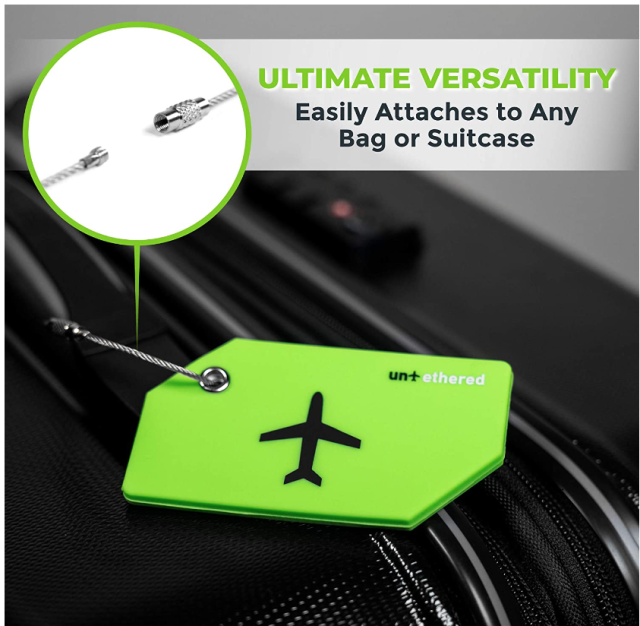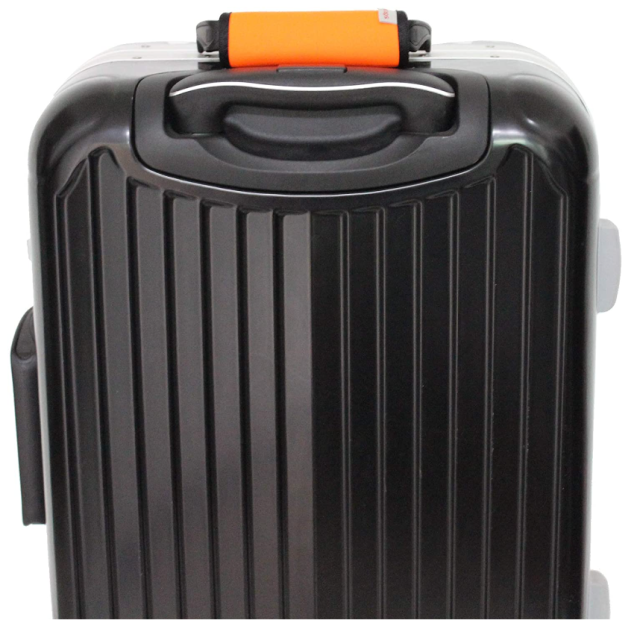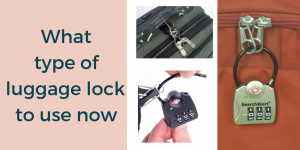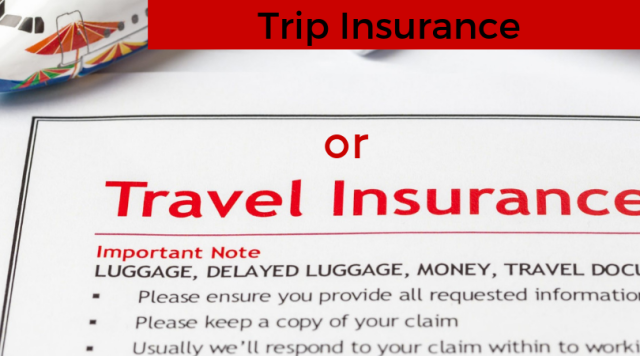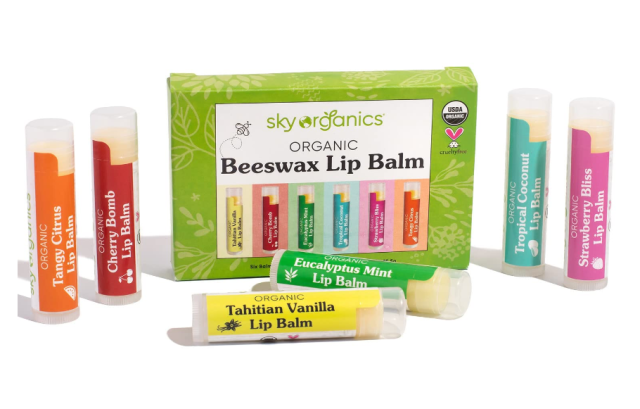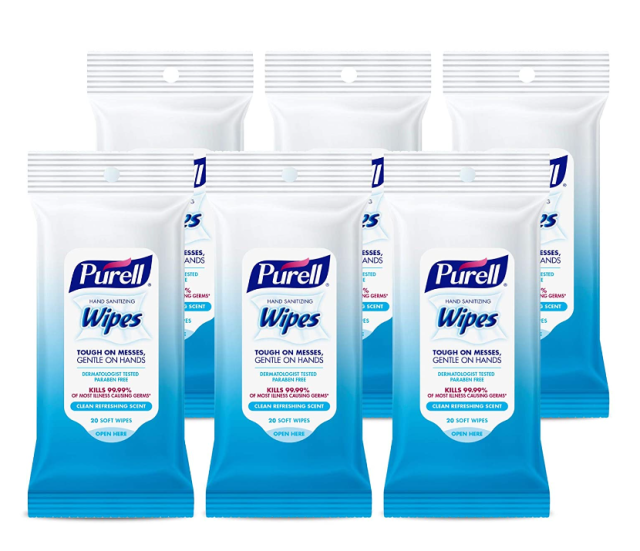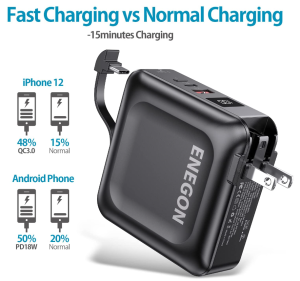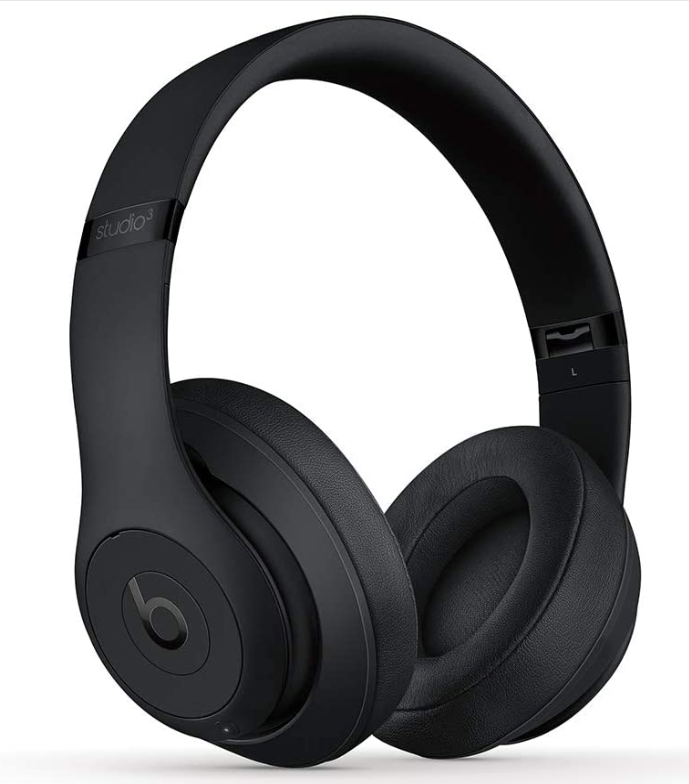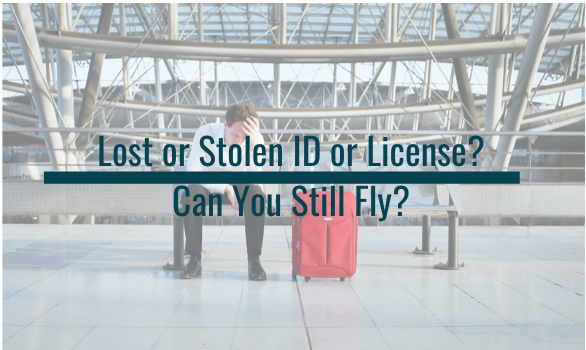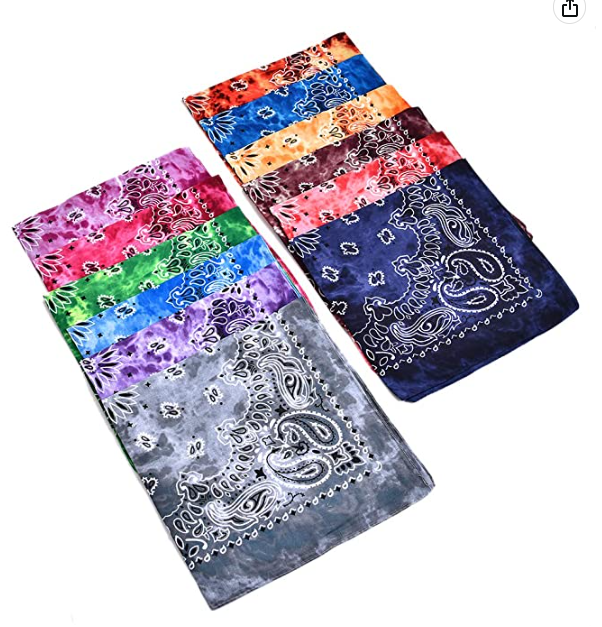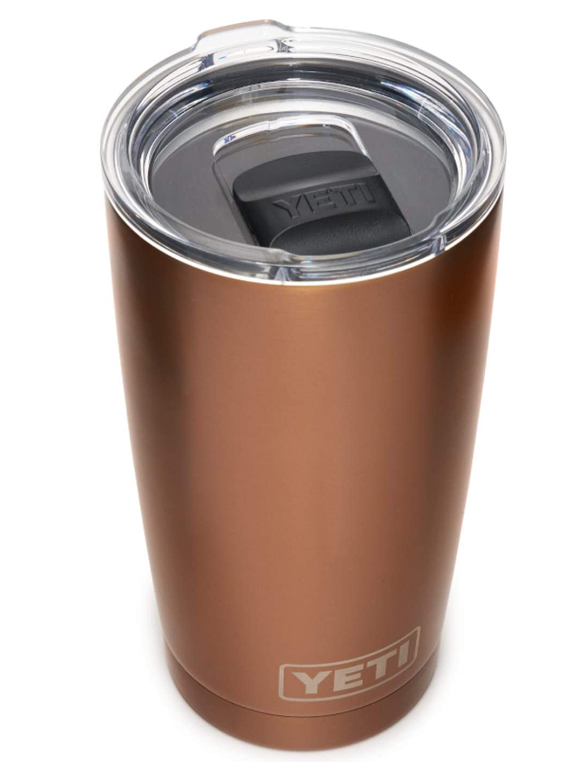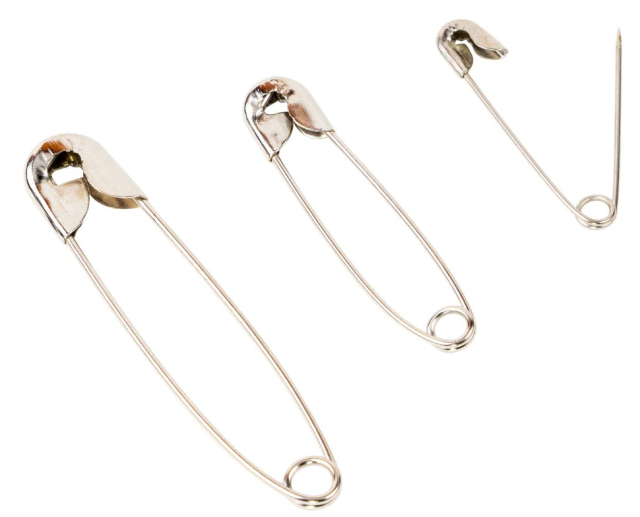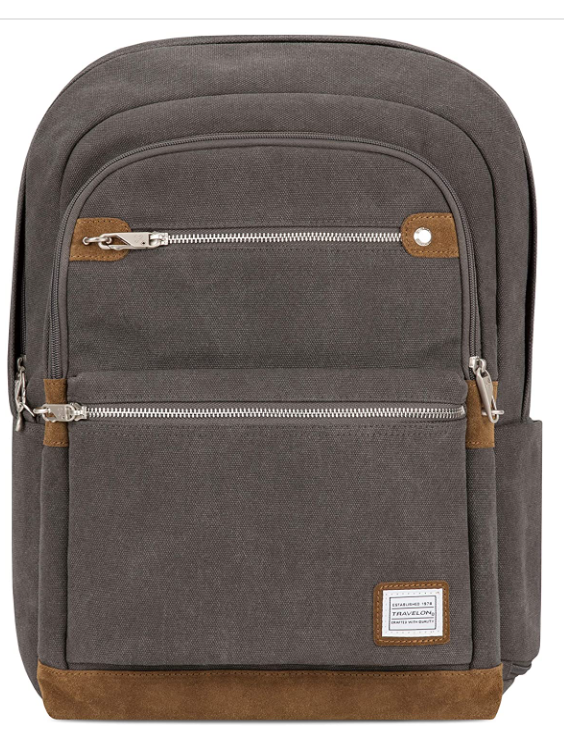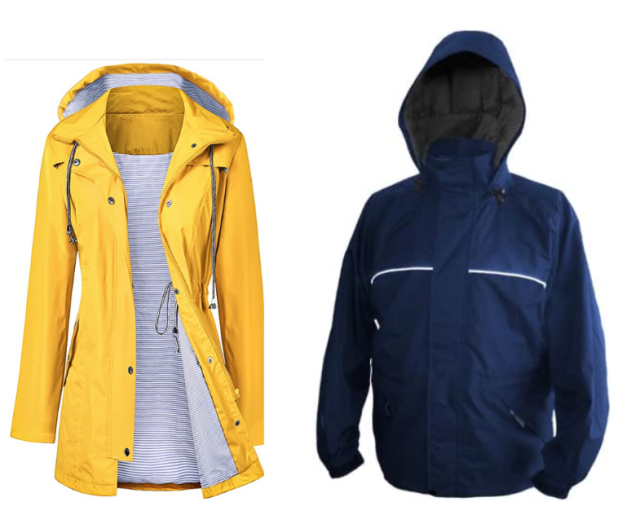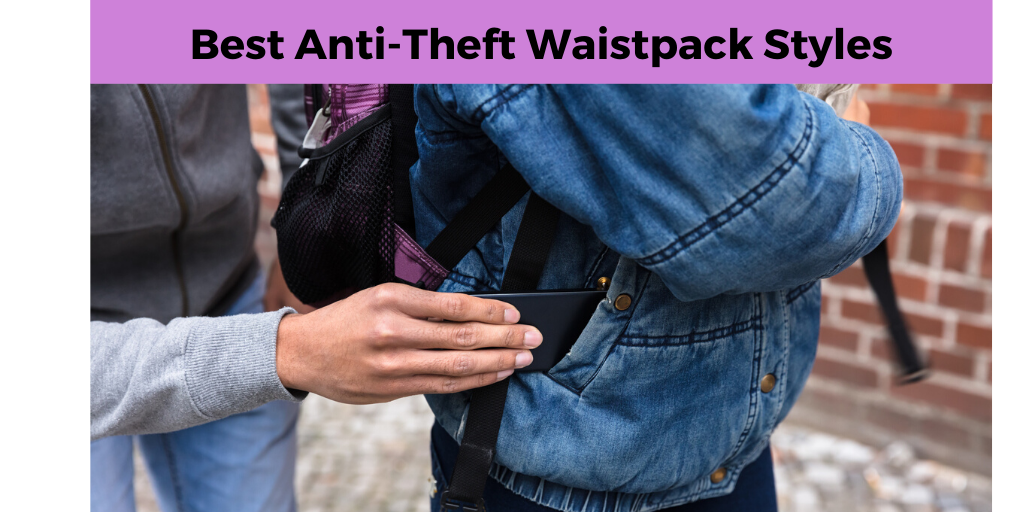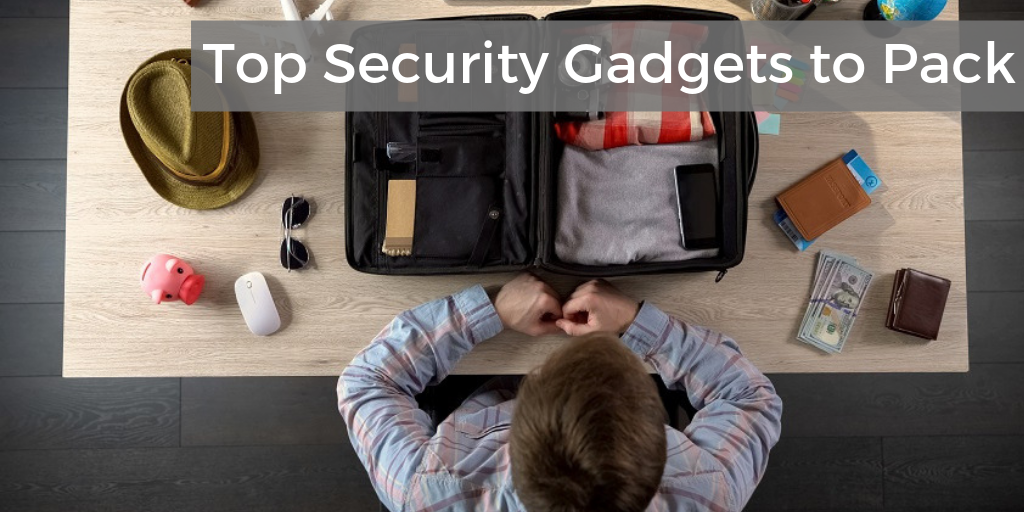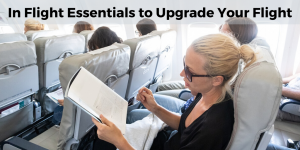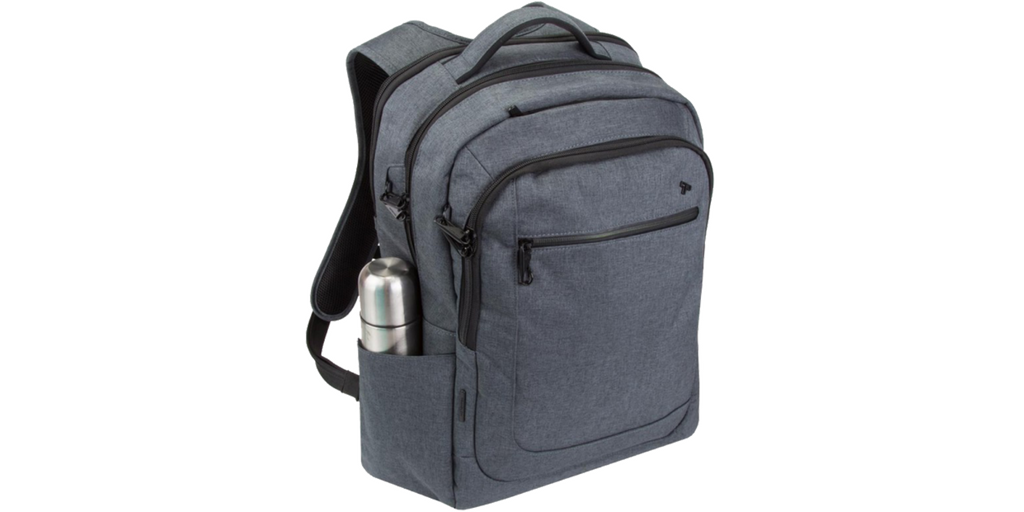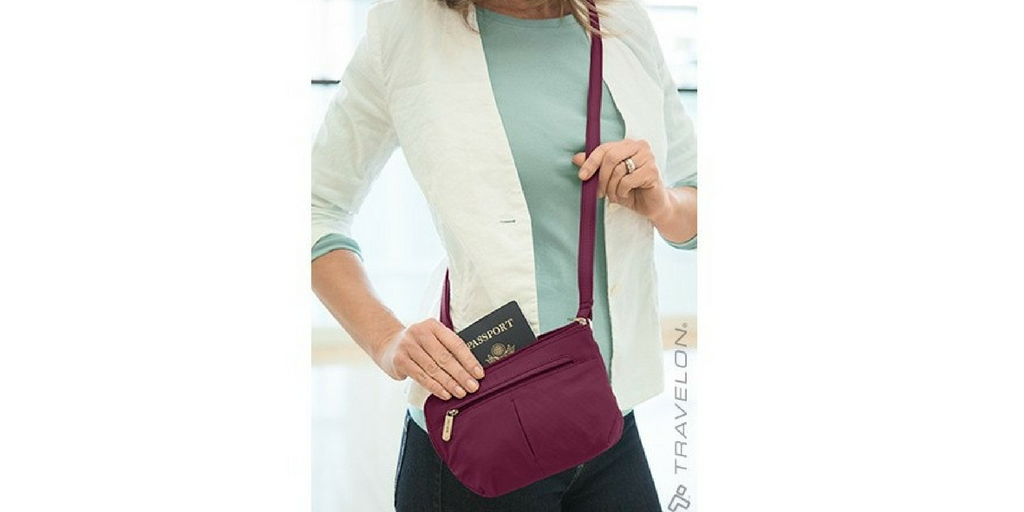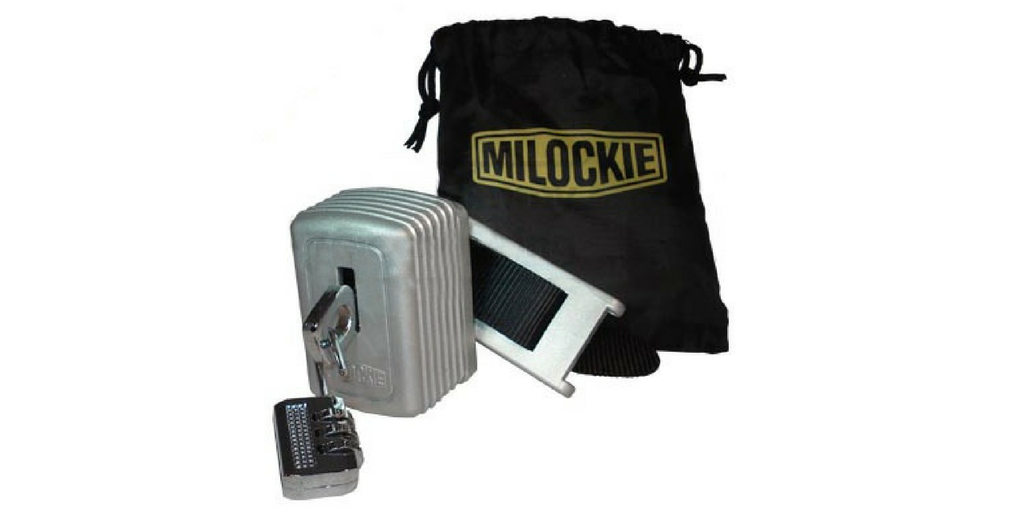The 8 most purchased must-pack over-the-counter travel medications you should pack. It never fails if you’re going to get sick while away from home, it’ll happen at night when the stores are closed or somewhere when you’re a distance from a town with a drug store, and the worst scenario is it happens in a foreign country where you don’t speak the language. So be prepared to alleviate your symptoms or cure your ills by always packing a few key medications in travel sizes.
Best Tip for Storing Travel Medications
I personally keep them in my toiletry bag and never take them out, so they are always on hand for my next trip. The trick to not packing your whole medicine chest or liquids is to look for travel-sized packages of tablets, as they are light and take up minimal space in your luggage. Make sure you check the expiration date on the individual packages of your travel medications each time you go.
Should You Contact Your Doctor Before Travel?
If you’re going to a more exotic destination, visit a travel clinic first. The clinic doctor can help with vaccines and prescription travel medications. Contact your physician if you need to travel with prescriptions or medical devices. Take photos with your phone or photocopies of your prescription bottles and scripts in case of loss while you’re traveling. Having your exact dose, physician’s name and contact information available can help facilitate getting replacements in another location.
Our Top 8 Picks for Over the Counter Medications Smart Travelers Keep Handy
-
Anti Diarrheal and Heartburn Medication
Stomach Upsets and gastrointestinal issues are the number one sicknesses travelers fall victim to. Diarrhea is usually caused by contaminated food or water or by bacteria that your system is not used to. Rich foods, strange water, and spices are enough to cause problems for even the heartiest of travelers. Whatever the cause, you want relief as soon as you feel bad. Select tablets or capsules, as these forms won’t leak and make a mess inside your bags. Tablets and capsules are also lightweight, which is another advantage over the liquid form of relief.
Pack: Imodium or Nexium.

 2. Pain and Fever Medication
2. Pain and Fever Medication
These medicines can help with achy feet, sore muscles, headaches brought on by high altitude or jet lag, and so much more. One of the most typical complaints of travelers is general aches and pain caused by walking. You can easily log a lot more miles walking in urban settings in a day than you do at home. Too much walking can cause achy feet, a sore back, and overusing of muscles. Make sure you select a medication that doesn’t interfere with any other medications you’re taking. If you’re unsure as t which type of pain reliever is best for you a quick call or email to your doctor will clarify your choice.
Pack Advil or Tylenol
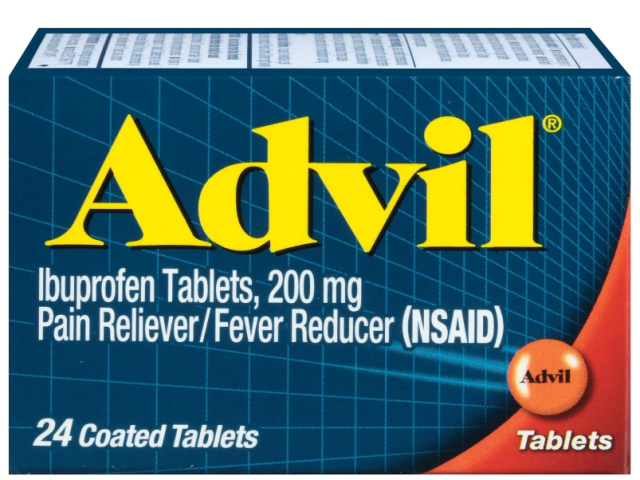
3. Over the Counter Motion Sickness Medicine
Feeling motion sickness in a car, bus, train, or cruise ship is absolutely awful. Nausea and dizziness can make the journey unbearable for you and your companions, especially if you’re prone to vomiting during your bouts of motion sickness.
Counter the effects with motion relief medicines Pack: Dramamine or Bonine.
4. Over the Counter Mild Laxative
Here we go with more tummy ailments. Sometimes, when you’re on the go, it is tough “to go.” Different foods, water, and getting used to any time changes can have an unpleasant effect on your digestive system. We recommend looking for products that are tablets or capsules that can’t accidentally spill into your luggage. When looking for a travel laxative, look for a mild formula, one you may have already tried. You don’t want any uncomfortable surprises.
Pack Miralax
 5. Over the Counter Antihistamine
5. Over the Counter Antihistamine
Allergies can spring up in a new climate; don’t suffer the misery of a stuffy or runny nose, itchy eyes, or sneezing. Different locations, even just a couple of hours away from home, can be a new micro-climate. A new micro-climate or location can encourage different grasses, flora, and other allergy-triggering plants to create a miserable experience for you. And don’t think that an urban or city location is exempt from triggering allergies.
Pack Claritin or Zyrtec
6. Over the Counter Cough Drops and Suppressant
You’re at an increased risk of getting sick while traveling. Usually, it’s only a cold or related symptoms. Those symptoms can be irritating to you and your companions. Cough suppressants can help soothe your throat so you don’t cough as much, and a suppressant does, well, what the name implies. Pack Halls or Cough Relief Soft Gels
7. Over the Counter Decongestant
One of the worst feelings is a stuffy nose, a runny nose, or a sinus pressure headache, especially when flying when the changes in altitude can cause discomfort and even pain. Look for non-drowsy formulas. Benadryl can cause drowsiness, so be careful when using it. We like to opt for non-drowsy formulas. Pack: Sudafed or Mucinex
8. Over the Counter Sleep Aid
These can come in handy to help overcome jet lag, noisy sleeping conditions, and uncomfortable sleeping conditions while en route. Frequent flyers keep a sleep aid handy in their carry-on for longer overnight flights. Read the packaging so you don’t inadvertently find yourself groggy upon arrival at your destination. You certainly don’t want to drive in a sleepy state. Consider using eyeshades and earplugs to also assist in getting the rest you want.
Pack Unisom or Melatonin
Travel confidently by thinking ahead and having solutions in your bag for any minor inconveniences and symptoms that travel may throw your way. Over-the-counter travel medications can help you feel better, sleep well, and get the most out of your travels.
Bonus Tip:
Keep your small bottles of travel medications (pills or soft gels only) with your toiletry bag. That way, you’ll remember to bring them with you and the comfort they can provide. If you’re a mom of a young child, store and bring any medicines they may need in the same fashion. Lastly, keep other medication information here, too.
More Articles Which May Interest You



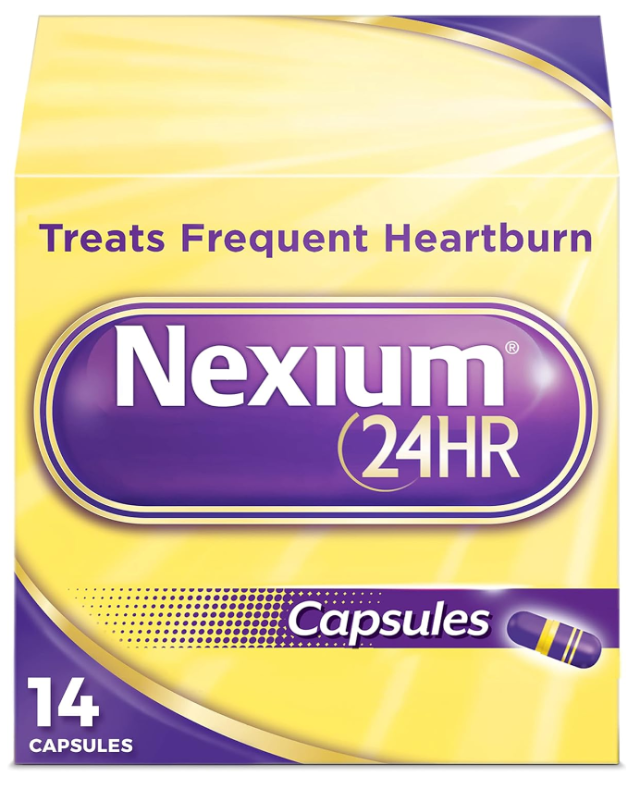
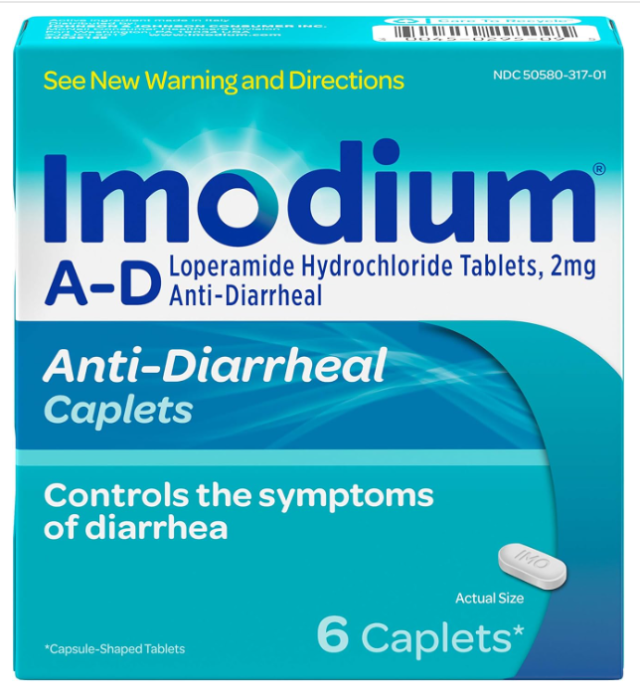

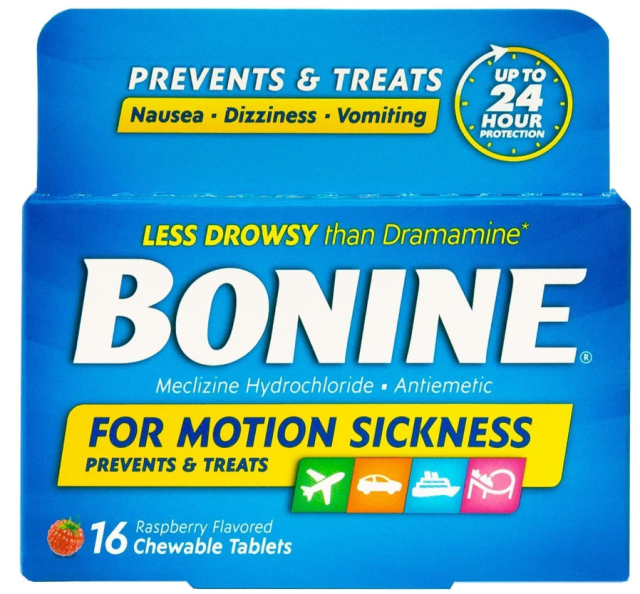
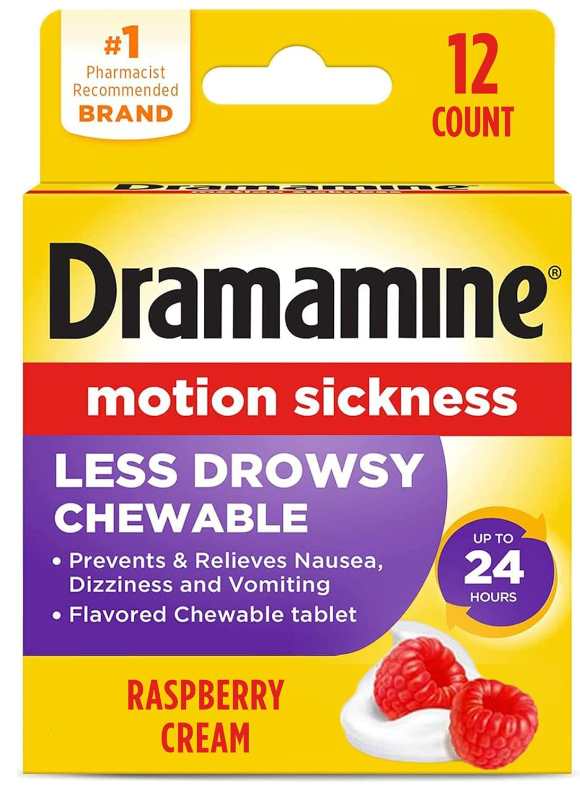
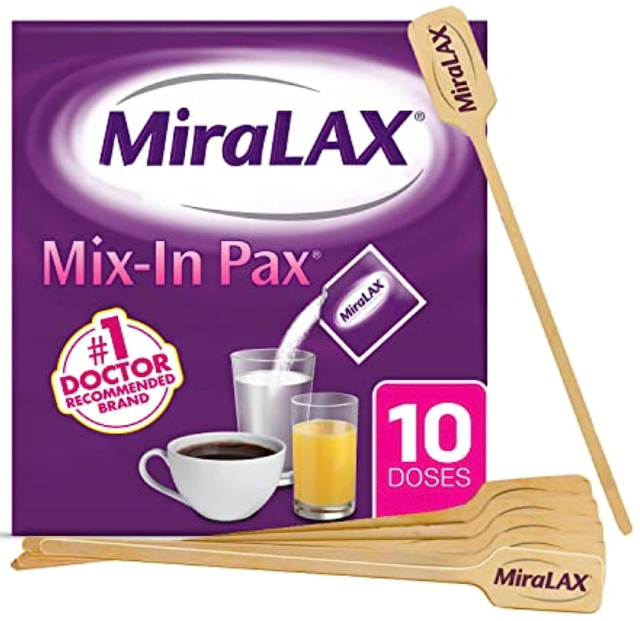

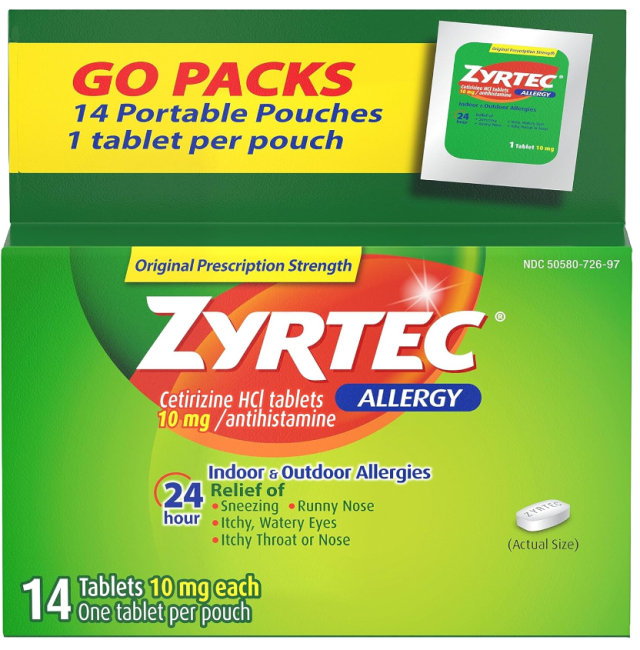
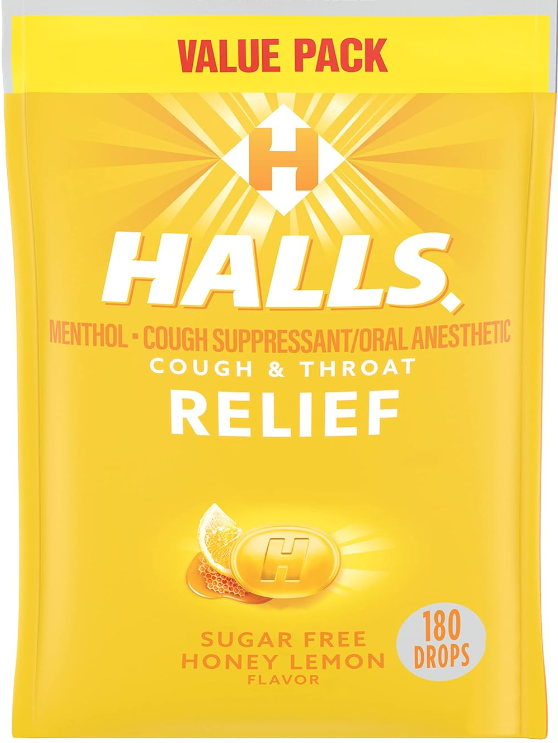
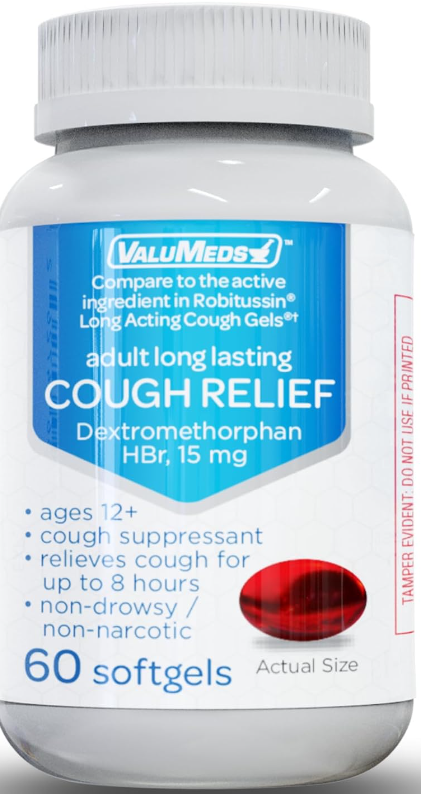

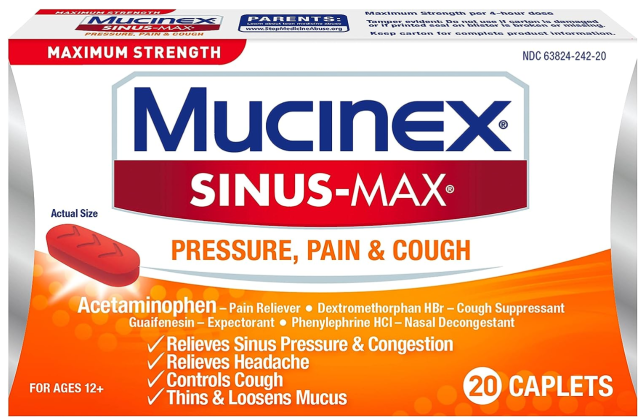
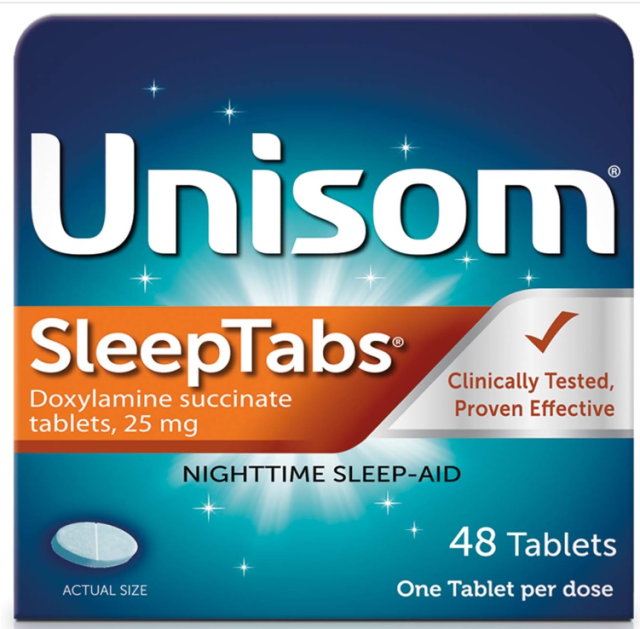



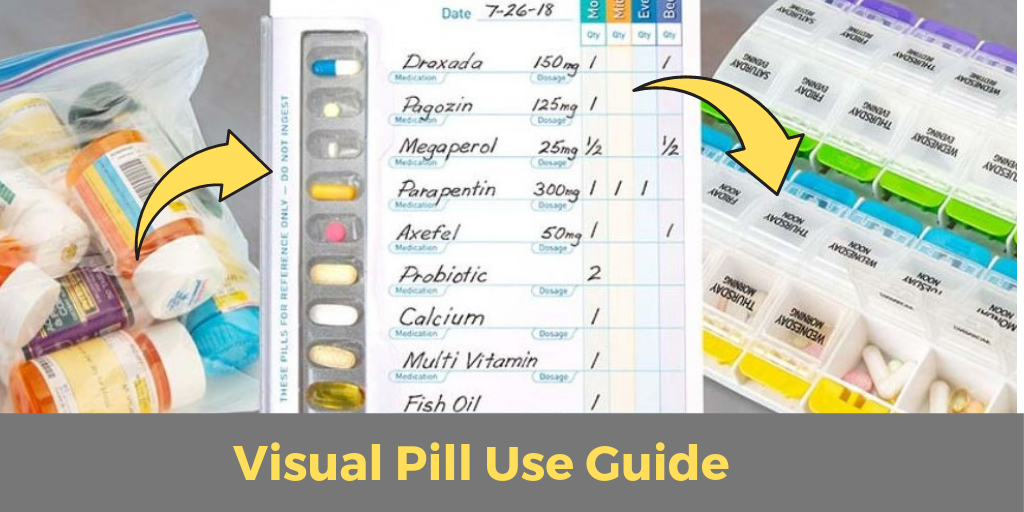
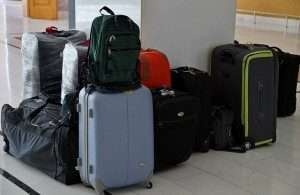 All domestic airlines, except for one, now charge for checked baggage. Checking luggage round trip for a family of 4 can increase your airfare by $200 or more. Instead, ship the contents of your checked luggage ahead (allow 5-7 days depending on destination). Even if it is to a hotel call the hotel on how to best address your carton to hold for your arrival. Shipping via a ground delivery service can cost a lot less than checking bags. Bonus – no lost luggage or fighting long lines at baggage claim.
All domestic airlines, except for one, now charge for checked baggage. Checking luggage round trip for a family of 4 can increase your airfare by $200 or more. Instead, ship the contents of your checked luggage ahead (allow 5-7 days depending on destination). Even if it is to a hotel call the hotel on how to best address your carton to hold for your arrival. Shipping via a ground delivery service can cost a lot less than checking bags. Bonus – no lost luggage or fighting long lines at baggage claim. 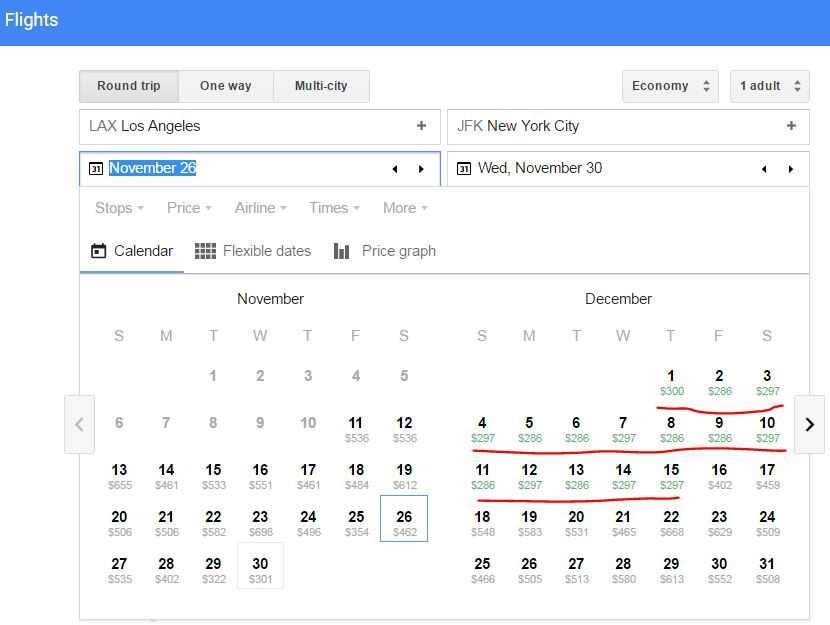
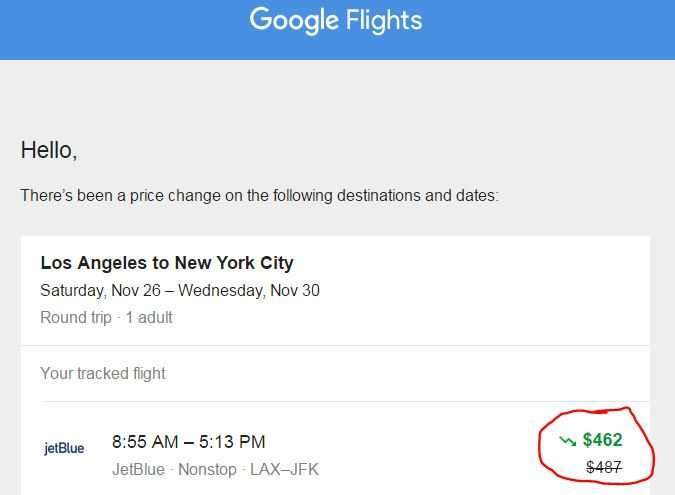
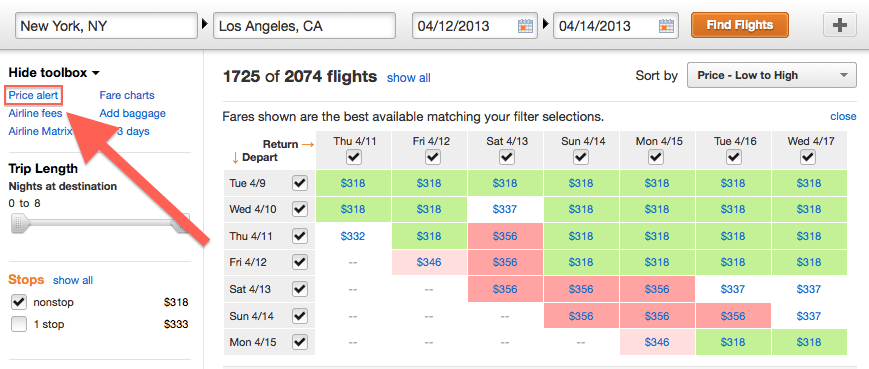
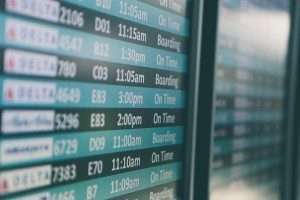 If your flight’s fare drops below what you paid for it check with your airline to see if they will compensate you somehow. Most airlines and online travel agencies will give you a rebate — usually in travel credits or vouchers — if your flight’s price drops below what you paid. Just be wary of fees: Some airlines charge “re-booking” fees between $50 and $175 for domestic flights and up to $250 for international flights. Alaska Airlines and Jet Blue do not charge to refund price drops; Southwest never charges a ticket-change fee and will credit you the full difference in fare.
If your flight’s fare drops below what you paid for it check with your airline to see if they will compensate you somehow. Most airlines and online travel agencies will give you a rebate — usually in travel credits or vouchers — if your flight’s price drops below what you paid. Just be wary of fees: Some airlines charge “re-booking” fees between $50 and $175 for domestic flights and up to $250 for international flights. Alaska Airlines and Jet Blue do not charge to refund price drops; Southwest never charges a ticket-change fee and will credit you the full difference in fare.
